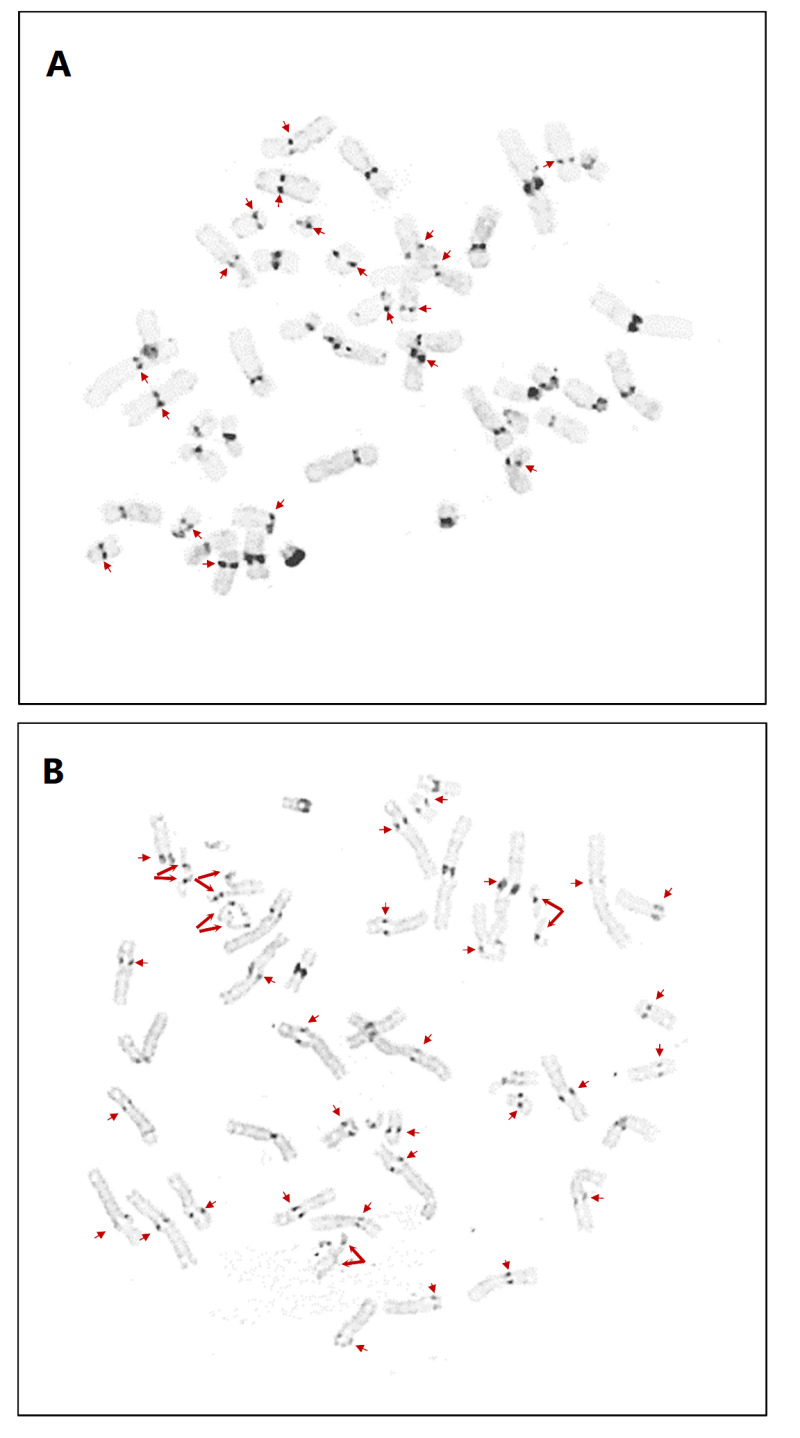Clinical Description
Warsaw syndrome presents with a clinical triad of severe microcephaly, growth restriction, and hearing loss. Other anomalies have also been described. Fourteen children (8 female, 6 male) have been reported to date.
Microcephaly has a prenatal onset and is reported in all affected individuals. Congenital microcephaly can range from -3.3 to -10 SD for age and sex. Postnatal head growth velocity is slower than average for age and sex. However, there are no reports of a substantial decrease in head growth velocity in childhood.
Prenatal and postnatal growth deficiency. All 14 reported individuals to date had intrauterine growth deficiency with birth weight and height below the third percentile. Postnatal growth deficiency was also reported in all individuals; two individuals had weights between the 50th and 75th percentile later in childhood after they were started on gastric tube feedings [Bailey et al 2015, Alkhunaizi et al 2018].
Congenital sensorineural hearing loss is usually severe; the result of bilateral hypoplasia of the cochlea and the cochlear nerve. Children with Warsaw syndrome usually present early with a failed newborn hearing screen or severe speech disability that is comparable to the degree of sensorineural hearing loss. Expressive language is consistently affected due to the hearing loss; receptive language is also involved but to a lesser degree. Sign language can be learned; however, due to the intellectual disability, this is also limited in some individuals along with receptive language.
Intellectual disability and developmental delay range from mild to moderate and tend to be stable. Behavioral issues such as mild ADHD and aggression were reported in two individuals [Bailey et al 2015, Alkhunaizi et al 2018]; however, affected children usually have good interpersonal skills. Gross and fine motor milestones are usually attained at the usual time although a few individuals have mild delays.
Cardiovascular anomalies are reported in 42% (5/12). These include patent ductus arteriosus (1), small atrial septal defect with large patent ductus arteriosus (1), ventricular septal defect (2), and tetralogy of Fallot (1).
Additional structural brain abnormalities. In addition to cochlear hypoplasia, one individual presented with posterior labyrinthine anomaly with persistent lateral semicircular canal anlage [Alkhunaizi et al 2018]. Two individuals had focal poor sulcation pattern; focal lissencephaly was reported in one of these individuals [Alkhunaizi et al 2018].
Radial ray anomalies include proximal insertion of thumbs, shortened first metacarpals, small radii, and short thumbs.
Manifestations reported in single individuals
Limb anomalies include fifth finger clinodactyly, brachydactyly, small fibula, talipes equino varus, partial syndactyly of toes 2/3, and overlapping toes.
Abnormal skin pigmentation includes café au lait macules, cutis marmorata, hypo- or hyperpigmentation, and livedo reticularis with telangiectasia.
Genitourinary malformations include hypoplastic scrotum, cryptorchidism, hypospadias, and multicystic kidneys.
Malignancy.
DDX11 is essential for genome maintenance and may act as a tumor suppressor [Parish et al 2006]. The possibility of an increased risk of malignancy in obligate heterozygotes (parents) was raised by van der Lelij et al [2010]; the current authors reported a family that included a mother of the proband with lymphoma and another heterozygous relative with endometrial adenocarcinoma. None of the five affected individuals nor their parents reported by Alkhunaizi et al [2018] had cancer. Therefore, the risk of malignancy in individuals with Warsaw syndrome or heterozygous individuals is not clear.
